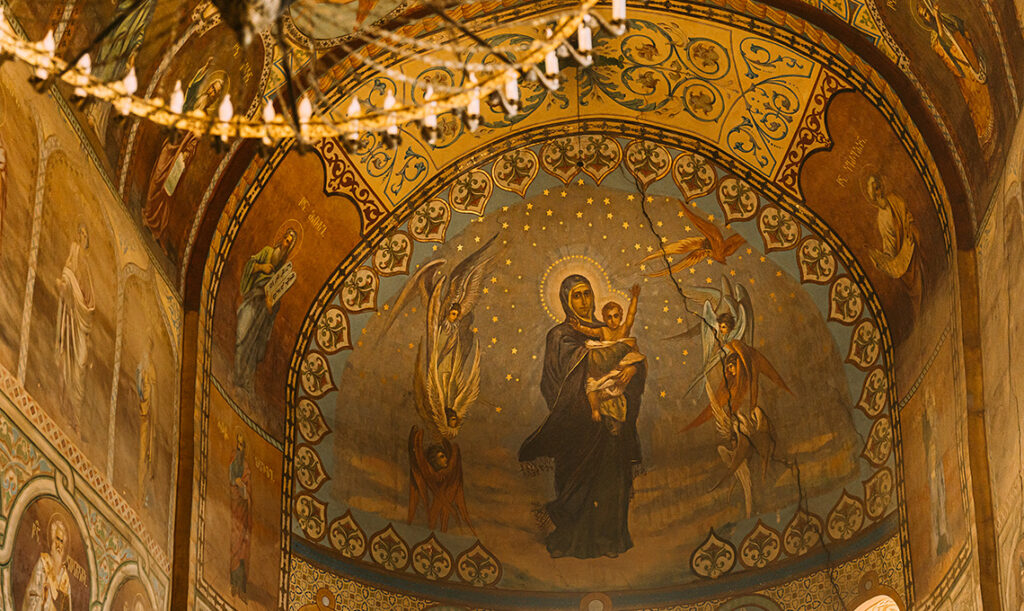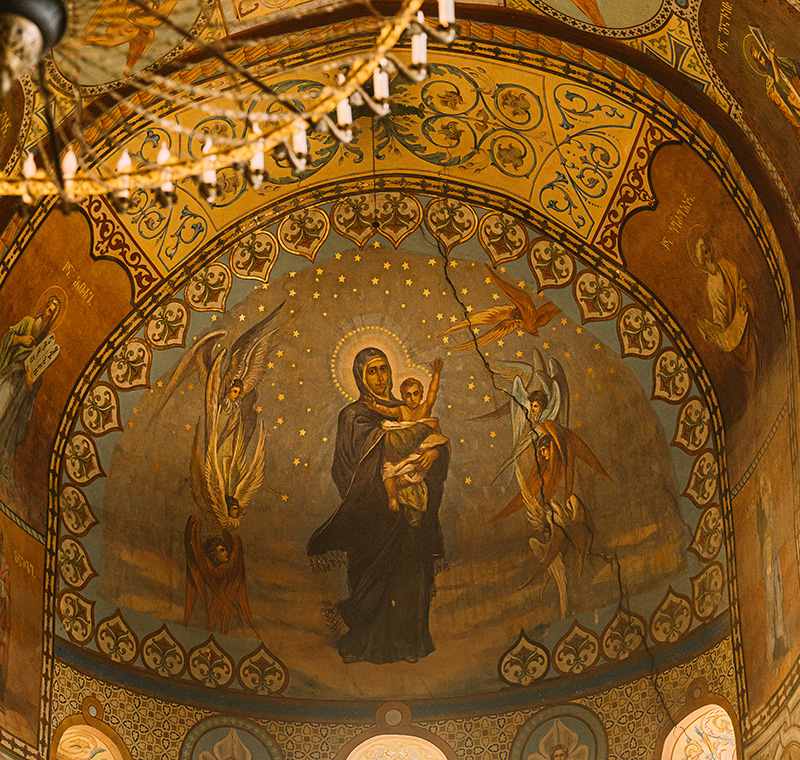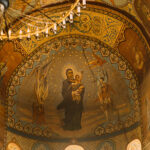
On November 30th, the First Sunday of Advent will mark the beginning of the Liturgical new year in the church. In Year -A, our Gospel readings will focus primarily on the Gospel of Matthew. Here is an overview of interesting facts and contextual themes on Matthew’s rendition of events in the life of Jesus and the Apostles.
Background:
- Scholars generally date Matthews Gospel to around A.D. 80–90, possibly written in Syria (Antioch).
- Matthew uses 90% of Marks Gospel as a foundation for his own, but reshapes material to address the needs of his audience.
- Matthew was writing to a Jewish-Christian audience, evident in frequent references to Hebrew Scriptures and Jewish customs.
- At that time, his audience would have been considered a sect of Judaism and would not have thought of themselves as “Christians” in our understanding of the word.
- Though written in Greek, it contains Semitic phrases and structure, suggesting a Hebrew or Aramaic background.
- It is the “Most Jewish” Gospel: Matthew includes over 60 direct quotations from the Old Testament, more than any other Gospel.
Themes found in Matthew:
Matthew’s main theme is to show that Jesus was the Messiah promised from the Old Testament and that everything that happened to him was the fulfillment of the scriptures of ancient Israel. Matthew quotes the Old Testament 60 times, so he very concerned with tying the life of Jesus to the Hebrew tradition. Moses proclaimed the old law, Jesus proclaims its fulfillment.
- Five Discourses: The Gospel is organized into five teaching sections, mirroring the five books of Moses (Torah)— emphasizing Jesus as the “new Moses.”
- Fulfillment Motif: Matthew repeatedly uses the phrase “that it might be fulfilled”, highlighting Jesus as the fulfillment of Old Testament prophecy.
- Kingdom of Heaven: Matthew uniquely uses “Kingdom of Heaven” instead of “Kingdom of God,” out of reverence for the divine name.
- The Genealogy: Matthew begins with a genealogy tracing Jesus’ lineage back to Abraham, emphasizing his Jewish heritage and Messianic legitimacy
- Emphasis is on Teaching: It contains more of Jesus’ teaching material than any other Gospel, including the Sermon on the Mount (chapters 5–7).
Only Found in Matthew: Several key events appear only in this Gospel.
- The Visit of the Magi
- The Flight into Egypt
- Peter walking on water
- The Parable of the Sheep and Goats
Church Emphasis: Matthew is the only Gospel to use the word “church” (ekklesia) — twice (16:18; 18:17).
Peter’s Prominence: Peter plays a larger role here than in other Gospels, underscoring leadership within the early Church.
Orderly and Didactic: Matthew’s Gospel is carefully arranged — events are often grouped topically rather than chronologically for teaching purposes.
Mountain Motif: Many pivotal moments happen on mountains — Jesus’ temptation, Sermon on the Mount, Transfiguration, and final commission.
Theological Highlights
Jesus as Emmanuel: Matthew alone explicitly applies the prophecy of “Emmanuel” (God with us) from Isaiah 7:14 to Jesus (1:23).
- New Moses Typology: Jesus’ infancy story mirrors Moses’ — both face a murderous ruler, both “come out of Egypt,” and both deliver God’s law on a mountain.
- Ethical Depth: The Gospel highlights inner righteousness, not just external observance — “You have heard it said… but I say to you…” (5:21–48).
- Universal Mission: The Gospel closes with the Great Commission (28:19–20), expanding the mission to “all nations.”
- Ends with Hope: Unlike Mark’s abrupt ending, Matthew concludes with Jesus’ promise: “I am with you always, to the end of the age.” (28:20)




